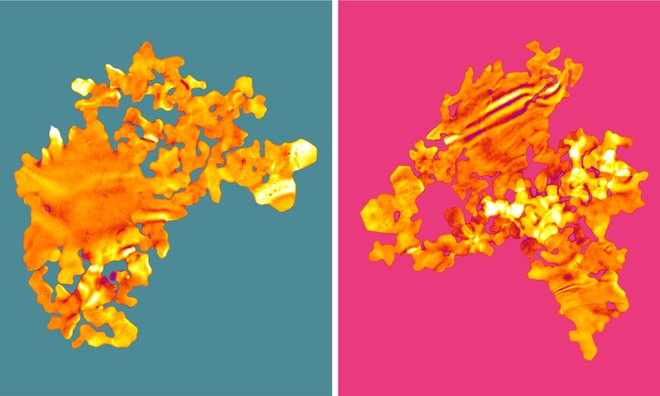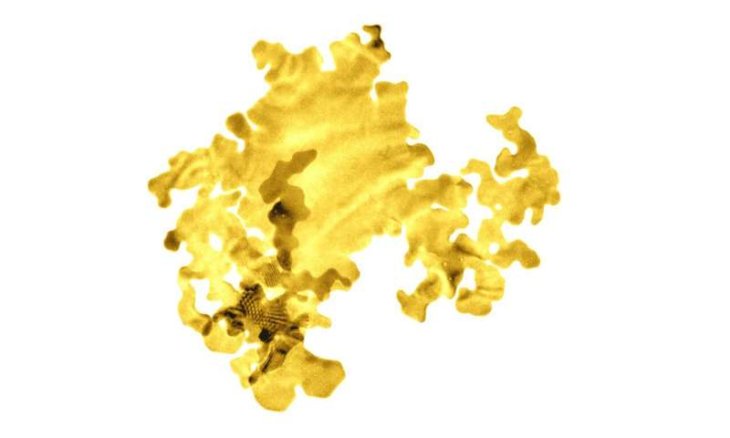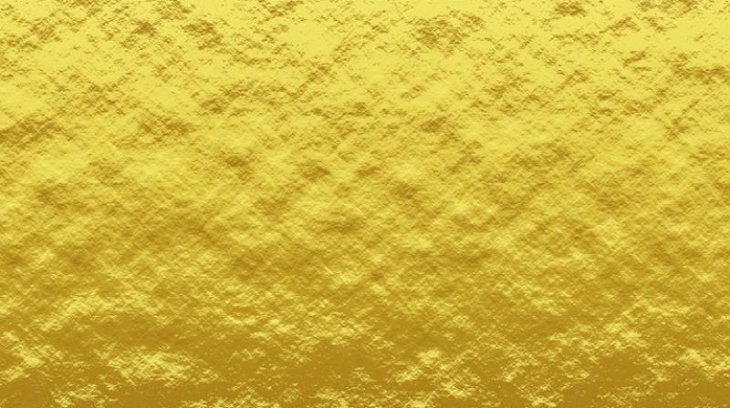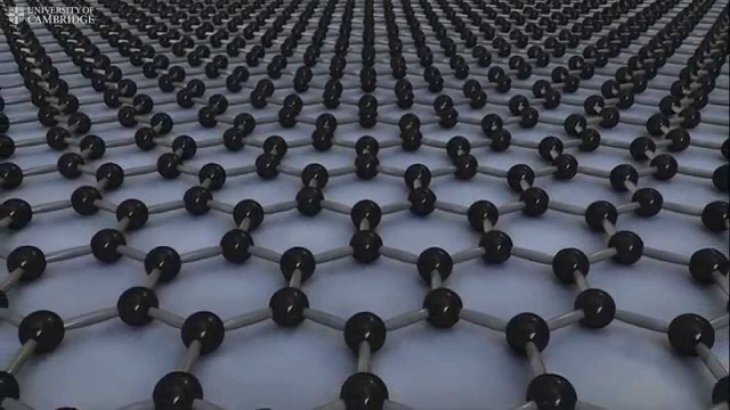Scientists Creates The Thinnest Gold In The World, The Future Material For Technology
Vaibhav Kapadia - Aug 29, 2019

The newly created world's thinnest gold is only 0.47 nanometers thick and even a human’s fingernail is 1 million times thicker than it is.
- The Universe Is Chocked Full Of Gold But No One Knows Where It Came From
- Scientists “Teleport” Gold Nanoparticles Into Cancer Cells To Destroy Them
- Scientists To Make Concrete Sustainable For Future Facilities In Outer Space
Recently, scientists from Britain have created and introduced what they call the world’s thinnest gold.
It is only 0.47 nanometers thick and even a human’s fingernail is 1 million times thicker than it is. The new form of gold is considered 2D since it is only 2 atoms layers stacking on top of each other. Alternatively stated, there are only surface atoms, there is nothing called bulk atoms are hidden under the surface.

Researchers from the University of Leeds believe that the material could be applied widely in electronics industries as well as the medical device. It could also be a catalyst which helps increase the speed of chemical reactions in various industrial processes.
The research team says in Advanced Science journal that after lab tests, the result showed that when working as a catalytic substrate, it’s ten times more efficient than the gold nanoparticles currently used, which are 3D materials having most of the atoms that reside in the bulk instead of at the surface.

According to Sunjie Ye – the lead author, this work can constitute an outstanding achievement. She also says that it not only offers the possibility for gold to be used in current technologies more efficiently but it is also providing a way that would let material scientists develop other kinds of 2D metals.
Being synthesized in an aqueous solution, the nanosheet then begins with chloroauric acid which is an inorganic compound containing gold. Afterward, it’s reduced to the metallic form and presents as a confinement agent, or in other words, a chemical encouraging the gold to form as a sheet.

Based on its color in water (green) as well as its shape, it is called “nanoseaweed” by the research team.
According to Stephen Evans – the co-author, what makes these super-thin sheets so value lies in their surface-area-to-volume-ratio.
The co-author says that the material is an extremely effective catalyst. Evans also says:

Moreover, the flakes have flexibility, meaning we can use them to produce electronics components for electronic inks, bendable screens, as well as transparent conducting displays.
As Evans says, the comparisons between graphene and 2D gold will be inevitable. Graphene is 1st 2D material that has ever been created. It was fabricated in 2004, at the University of Manchester, the United Kingdom.

Evans says:

Featured Stories

Features - Jul 01, 2025
What Are The Fastest Passenger Vehicles Ever Created?

Features - Jun 25, 2025
Japan Hydrogen Breakthrough: Scientists Crack the Clean Energy Code with...

ICT News - Jun 25, 2025
AI Intimidation Tactics: CEOs Turn Flawed Technology Into Employee Fear Machine

Review - Jun 25, 2025
Windows 11 Problems: Is Microsoft's "Best" OS Actually Getting Worse?

Features - Jun 22, 2025
Telegram Founder Pavel Durov Plans to Split $14 Billion Fortune Among 106 Children

ICT News - Jun 22, 2025
Neuralink Telepathy Chip Enables Quadriplegic Rob Greiner to Control Games with...

Features - Jun 21, 2025
This Over $100 Bottle Has Nothing But Fresh Air Inside

Features - Jun 18, 2025
Best Mobile VPN Apps for Gaming 2025: Complete Guide

Features - Jun 18, 2025
A Math Formula Tells Us How Long Everything Will Live

Features - Jun 16, 2025
Comments
Sort by Newest | Popular